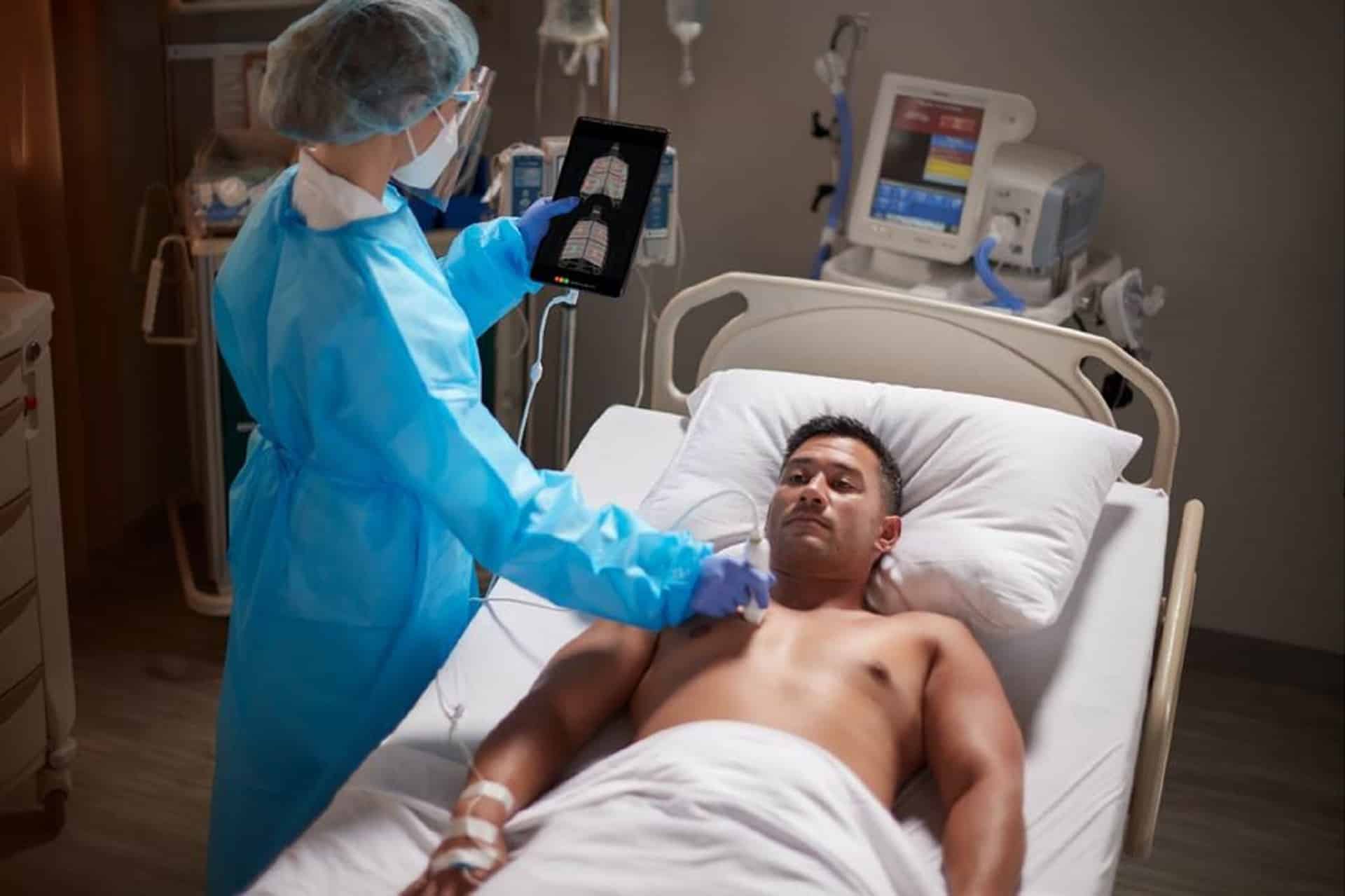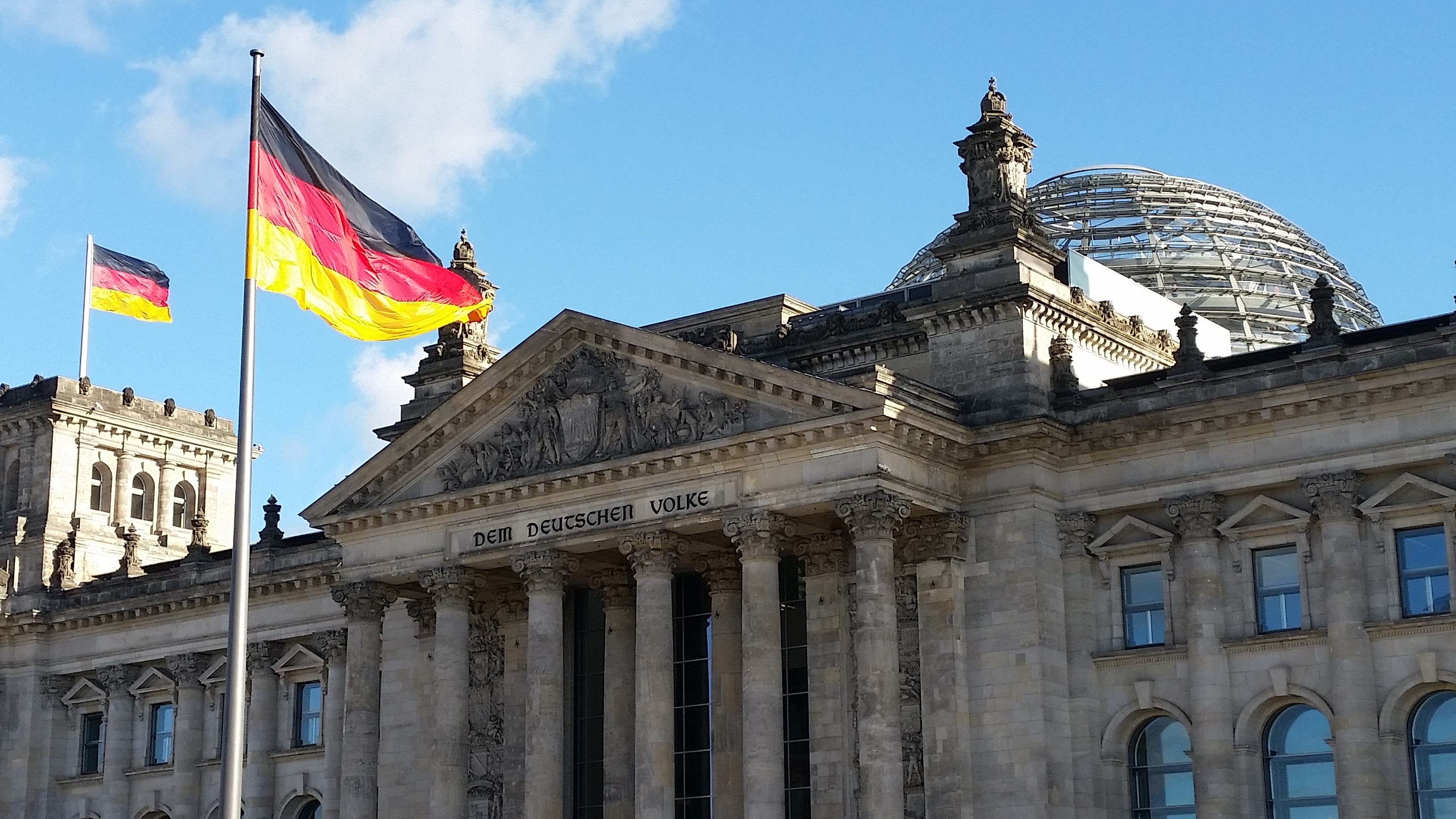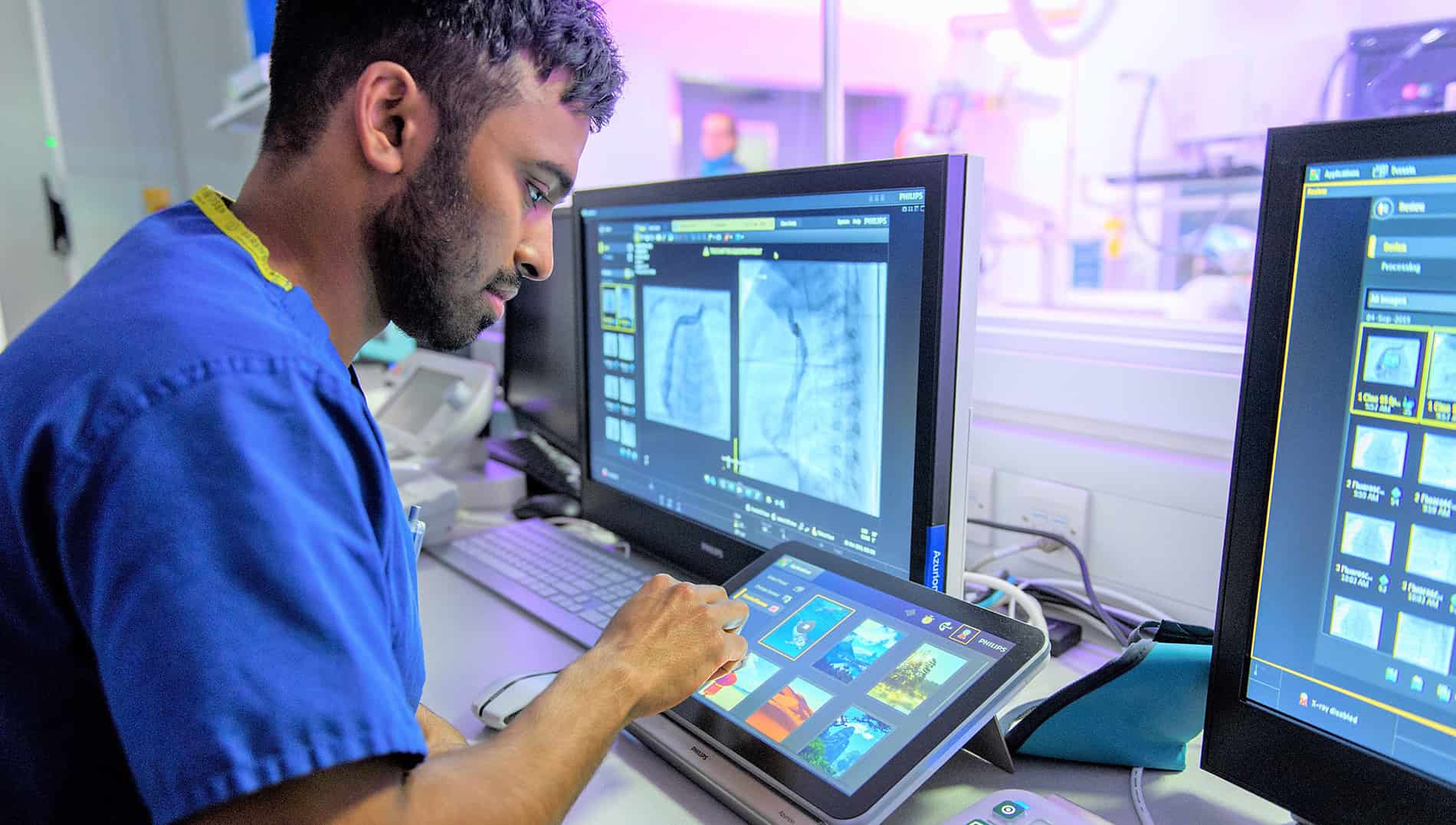
Today’s healthcare is rapidly changing due to technology. Software innovations have evolved from being considered a “nice-to-have” to an absolute “must-have”. Today, they play a pivotal role in patient aftercare, continuous monitoring, and promoting overall well-being for individuals of all backgrounds. At the annual ITEA conference, two promising projects took the stage, offering a glimpse into how software shapes future healthcare. We were there, in Berlin.
- Software innovations have evolved from being optional to essential for patient aftercare, continuous monitoring, and well-being enhancement, shaping the future of healthcare.
About ITEA
ITEA, which stands for Information Technology for European Advancement, is a transnational and industry-driven research and development program in Europe. It focuses on software innovation, bringing together organizations from various countries to collaborate on advanced software development projects that aim to address technological challenges.
Monitoring nutrition
Countless people worldwide suffer from some form of nutrition-related issues, like malnutrition or food allergies. However, up until now, a notable void existed in monitoring and assistance for individuals dealing with these issues.
This is where Food Friend steps in, explains team member Marike Hendriks, Project Manager Instrument Development, Engineering and Evaluation (IDEE) at Maastricht University. “Typically, healthcare providers offer advice and prescribe a plan, but it often ends there. What’s missing is ongoing monitoring and support. Patients are discharged without a clear understanding of how to proceed, and healthcare providers are left in the dark about their progress. This is where we saw the opportunity to make a difference, by providing continuous monitoring and support.”
The project has developed several technology tools. For instance, they’ve created a module that connects to the technical device delivering tube feeding, enabling real-time monitoring. This data is then sent to the Internet of Things, allowing healthcare providers to stay informed about their patients’ progress. If something goes wrong or if the patient needs advice, an alert is triggered.
Food Friend has also developed another interesting feature: a smart plate. After surgery, patients often first receive tube feeding, and then they will change to regular food. However, they still need to be careful with what they eat. “How much do I need to eat, and have I been eating correctly? These are questions that we can answer thanks to the plate”, Hendriks says. While these innovations are not yet available on the market, the team is working diligently to bring these tools to real-life situations.

Remote monitoring for everyone
While Food Friend certainly stood out as a promising healthcare solution during the event, it wasn’t the sole innovation capturing attention. RM4HEALTH is also dedicated to tracking health. The project primarily focuses on leveraging various wearables and devices to collect measurements and send them to a cloud-based platform.
It is a dual-faceted project. On the medical side, it collaborates with hospitals and clinical doctors to evaluate innovations and conduct clinical trials. They are working towards the “Holy Grail” of remote monitoring, aiming to prepare patients for surgery and provide post-operative care. This involves, among others, ensuring patients are fit enough for surgery, followed by remote aftercare, allowing patients to recover at home. In the sports realm, RM4HEALTH began with professional football teams. They conducted trials with sensors to monitor player performance and behavior during training and matches. However, the project has expanded beyond elite athletes to promote healthy living and lifestyles for everyone. In the upcoming year, the project will be adding more sensors, features, and trials to provide users with a comprehensive view of their health.







